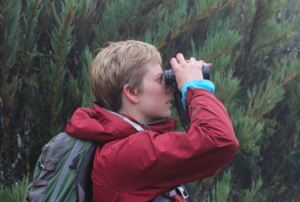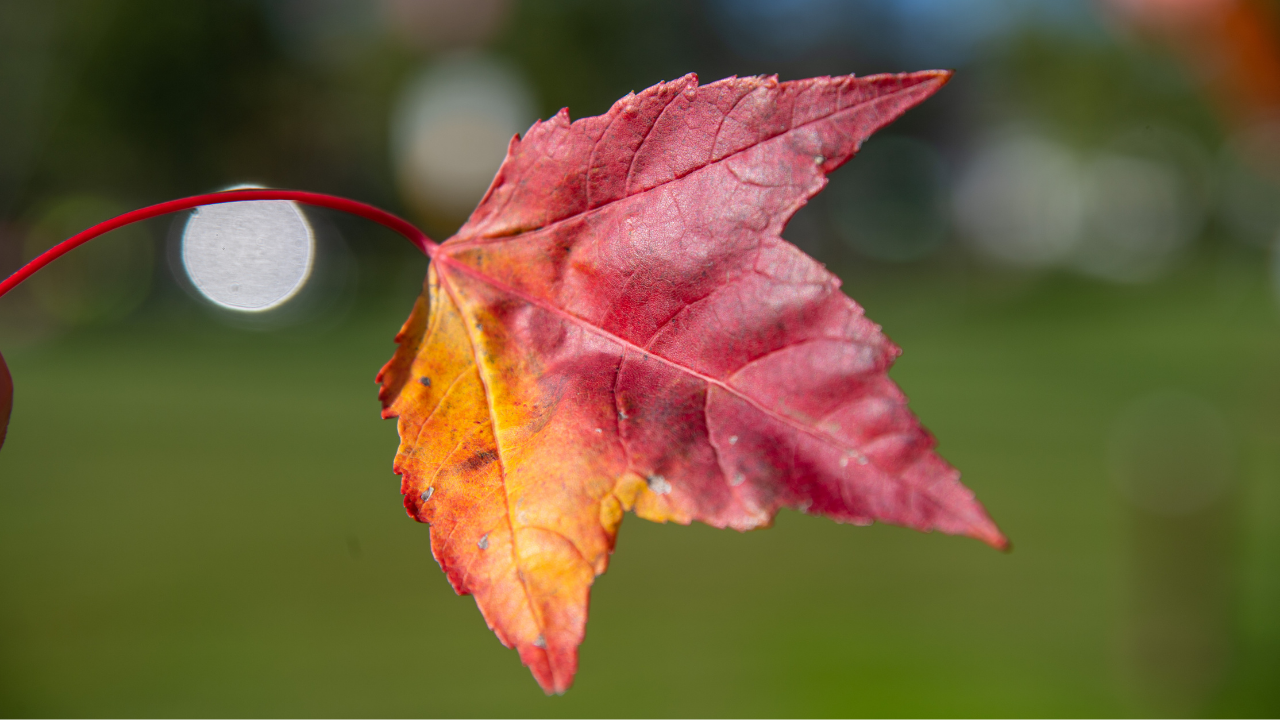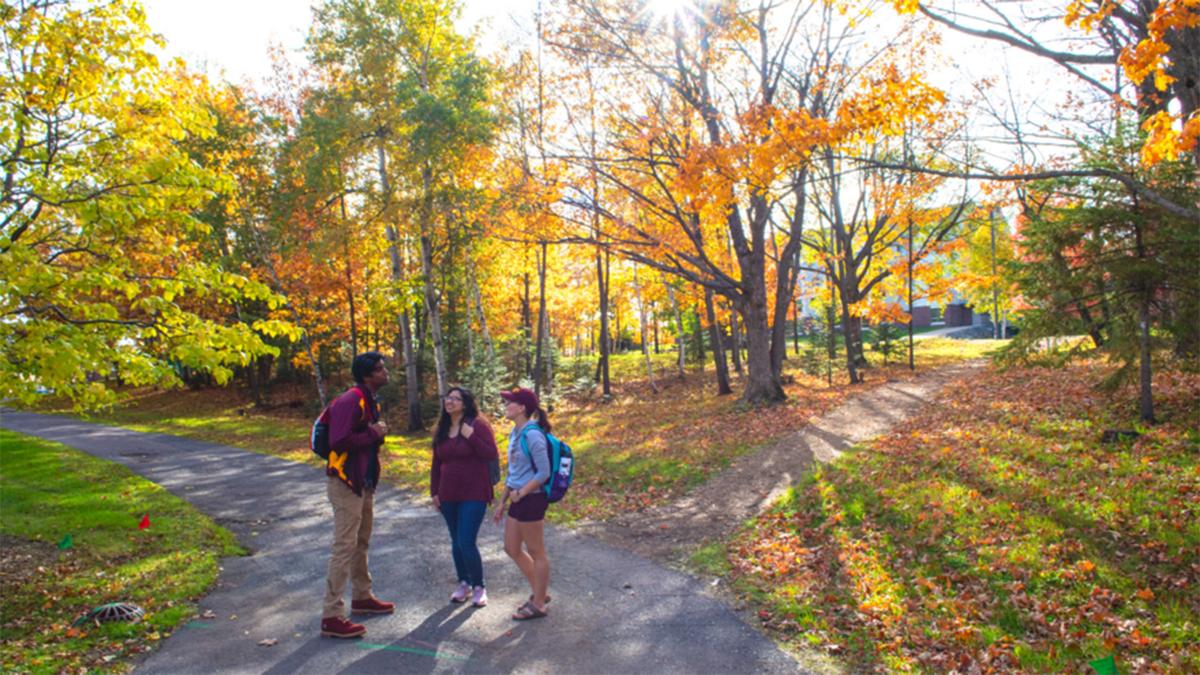Cold weather is prompting peak fall colors in Northern Minnesota, according to the Minnesota Department of Natural Resources.
Amanda Grusz, assistant professor of Biology and director of Olga Lakela Herbarium, is available to speak about the science behind fall colors and how climate change impacts the process.
Amanda Grusz
 “Chlorophyll is a pigment that initiates the first step in photosynthesis and makes leaves appear green. Photosynthesis is how plants convert carbon dioxide (CO2) and water (H2O) to sugar and oxygen (O2). Chlorophyll absorbs blue and red wavelengths of light, and reflects green light. As day length shortens, during late summer and early fall in the northern hemisphere, the veins that supply new chlorophyll close off and the pigment is no longer replenished. When chlorophyll breaks down, it stops absorbing and reflecting light. Then, as the green fades away, other less intense pigments in the leaf become more visible, e.g., yellow and orange (flavonoids and carotenoids). Red colors can also be a consequence of veins closing off—they appear because sugars build up in the leaf and react to form red pigments called anthocyanins.”
“Chlorophyll is a pigment that initiates the first step in photosynthesis and makes leaves appear green. Photosynthesis is how plants convert carbon dioxide (CO2) and water (H2O) to sugar and oxygen (O2). Chlorophyll absorbs blue and red wavelengths of light, and reflects green light. As day length shortens, during late summer and early fall in the northern hemisphere, the veins that supply new chlorophyll close off and the pigment is no longer replenished. When chlorophyll breaks down, it stops absorbing and reflecting light. Then, as the green fades away, other less intense pigments in the leaf become more visible, e.g., yellow and orange (flavonoids and carotenoids). Red colors can also be a consequence of veins closing off—they appear because sugars build up in the leaf and react to form red pigments called anthocyanins.”
“The mix of red, yellow, and orange are all dependent upon what pigments are naturally produced by any given plant species. For example, species with more carotenoid pigments will appear a brighter orange once chlorophyll breaks down and stops reflecting green light.”
“The key trigger for color change in the fall is day length. And, though shorter days trigger the onset of color change, cool temperatures exacerbate the color-change effects. Cool temperatures cause sugars to become more concentrated in the leaf, intensifying bright fall colors.”
Contact Information
Amanda Grusz
[email protected]
(218) 726-8468
Twitter: @ferndoctor

